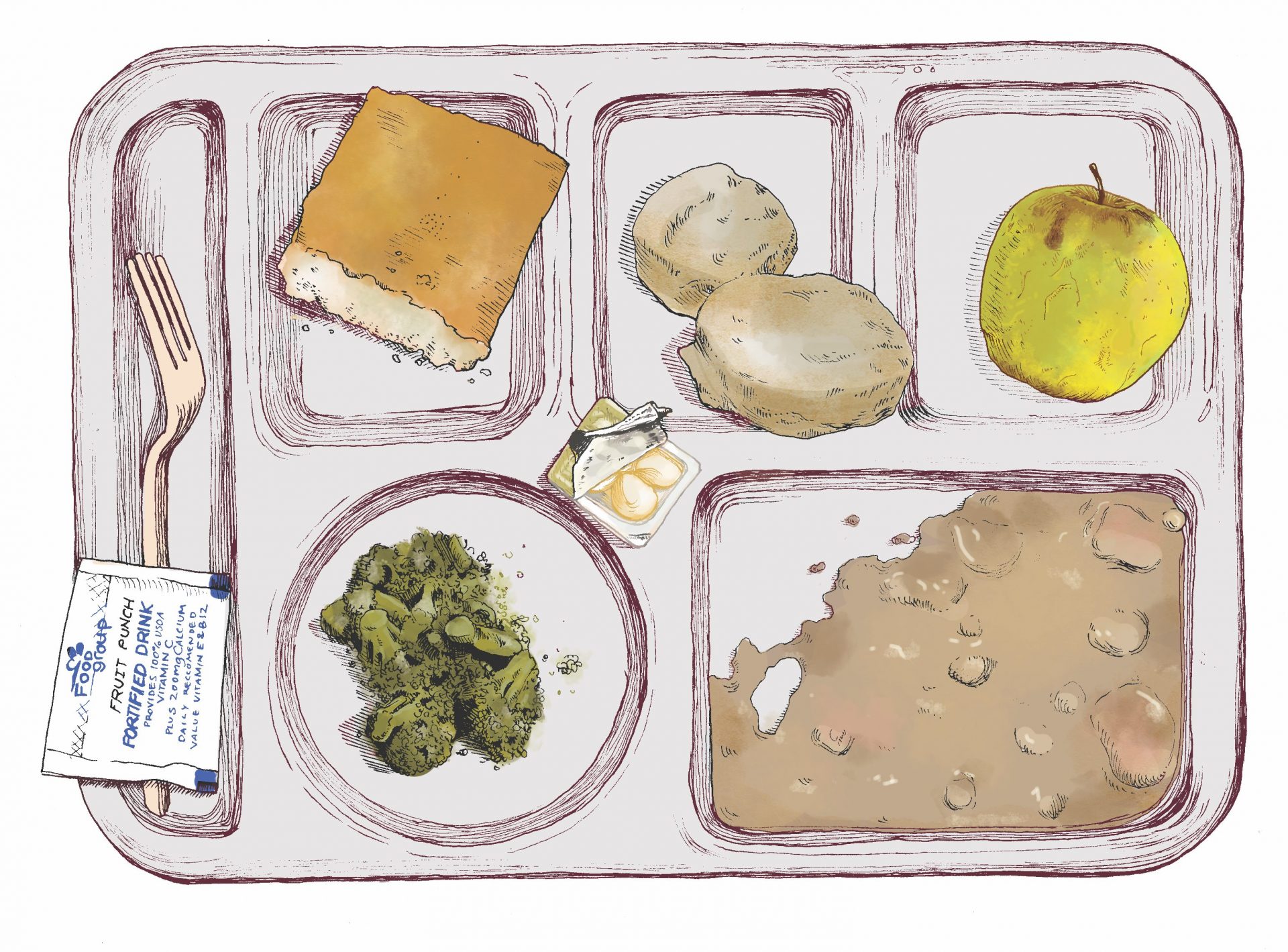As millions of Americans plan to share a hearty Thanksgiving meal later this week, the state of food in prison remains abysmal, but solutions are not out-of-reach.
Leslie Soble manages the Food in Prison project at Impact Justice and is lead author of the 2020 report “Eating Behind Bars: Ending the Hidden Punishment of Food in Prison.” She can be reached by contacting Mohamed Abdelfattah at mabdelfattah@impactjustice.org.
Not enough nourishment
Said Soble: “People are starving in confinement: 94% of respondents to one of our surveys told us they didn’t have enough food to feel full when they were incarcerated, either because the portions were insufficient or because the food was simply too bad to eat. One person described it as ‘just enough to keep you alive.’ Another told us that he was so desperate for food he resorted to eating out of the garbage, and we heard about people in solitary confinement who were eating toothpaste and toilet paper just to try and fill their stomachs.”
And that’s not the only problem, Soble explained. “Prison meals tend to be high in sodium and sugar — a diet that we know can lead to chronic illness such as diabetes, heart disease and hypertension. Fewer than one in five people we surveyed had regular access to fresh fruits and vegetables, which as we all know is the basis of a balanced, healthy diet.”
“As humans, we communicate love and care through food; we bring soup to friends who are sick, drop off a comforting meal to loved ones who are grieving, and bake celebratory treats for birthdays and other milestones. The food in carceral facilities, on the other hand, sends a message that people who are incarcerated are not worthy of care and well-being. The effects of receiving that message — meal after meal, day after day, for years or even decades — can profoundly undermine someone’s sense of humanity and self-worth.”
Vertical farming in prison as one solution
This year, Impact justice launched Growing Justice, a first-of-a-kind initiative designed to expand access to fresh, healthy food in prison while also training incarcerated people to work in a green jobs industry expected to be valued at $155.6 billion globally by 2026.
Growing Justice features the development of a pilot indoor (aka “vertical”) farm on the grounds of Central California Women’s Facility in Chowchilla, California. This hydroponic farm built entirely inside shipping containers outfitted with grow lights and irrigation systems will produce nutrient-rich leafy greens for use in the prison’s kitchen while also functioning as a job training site for some of the incarcerated women.
Revamping correctional food service
Impact Justice also recently launched Chefs In Prisons in partnership with Dan Giusti, former chef de cuisine at the Michelin Star restaurant Noma, and his company Brigaid, which has a track record of transforming food service in schools. The Maine Department of Corrections is the initial site.
An experienced, food-loving chef embedded in the Maine Department of Corrections will be tasked with transforming food service across Maine’s state correctional facilities by taking new approaches to food purchasing, menu planning, and food preparation. The chef will also oversee culinary training for every incarcerated person assigned to work in a prison kitchen, boosting their employment prospects after release.
Farm-to-corrections
Impact Justice was recently awarded a USDA grant to build a roadmap for increasing the use of locally and regionally grown food in jails and prisons across New England — a win for incarcerated people and also for smaller-scale food producers.
About Impact Justice
A national innovation and research center, Impact Justice advances safety, justice, and opportunity through boundary-breaking work that honors and empowers people and is changing expectations about what we can accomplish together.



